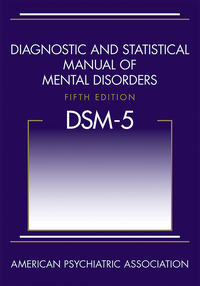
Photo from wikipedia
Background It is unclear whether the administration of antipsychotics to children and adolescents with autism spectrum disorders (ASD) is acceptable, equitable, and feasible. Methods We performed a systematic review to… Click to show full abstract
Background It is unclear whether the administration of antipsychotics to children and adolescents with autism spectrum disorders (ASD) is acceptable, equitable, and feasible. Methods We performed a systematic review to support a multidisciplinary panel in formulating a recommendation on antipsychotics, for the development of the Italian national guidelines for the management of ASD. A comprehensive search strategy was performed to find data related to intervention acceptability, health equity, and implementation feasibility. We used quantitative data from randomized controlled trials to perform a meta-analysis assessing the acceptability and tolerability of antipsychotics, and we estimated the certainty of the effect according to the GRADE approach. We extracted data from systematic reviews, primary studies, and grey literature, and we assessed the risk of bias and methodological quality of the published studies. Results Antipsychotics were acceptable (dropouts due to any cause: RR 0.61, 95% CI 0.48–0.78, moderate certainty of evidence) and well tolerated (dropouts due to adverse events: RR 0.99, 95% CI 0.55–1.79, low certainty of evidence) by children and adolescents with ASD. Parents and clinicians did not raise significant issues concerning acceptability. We did not find studies reporting evidence of reduced equity for antipsychotics in disadvantaged subgroups of children and adolescents with ASD. Workloads, cost barriers, and inadequate monitoring of metabolic adverse events were indirect evidence of concerns for feasibility. Conclusion Antipsychotics in children and adolescents with ASD were likely acceptable and possibly feasible. We did not find evidence of concern for equity.
Journal Title: BMC Psychiatry
Year Published: 2020
Link to full text (if available)
Share on Social Media: Sign Up to like & get
recommendations!